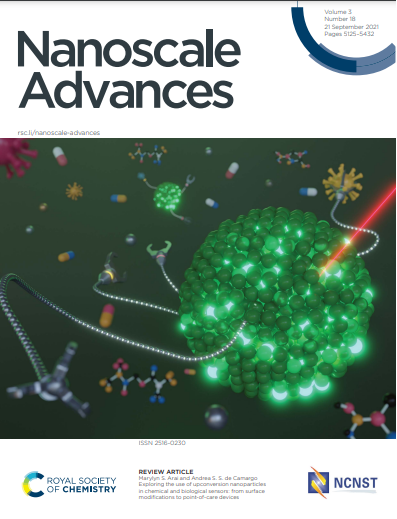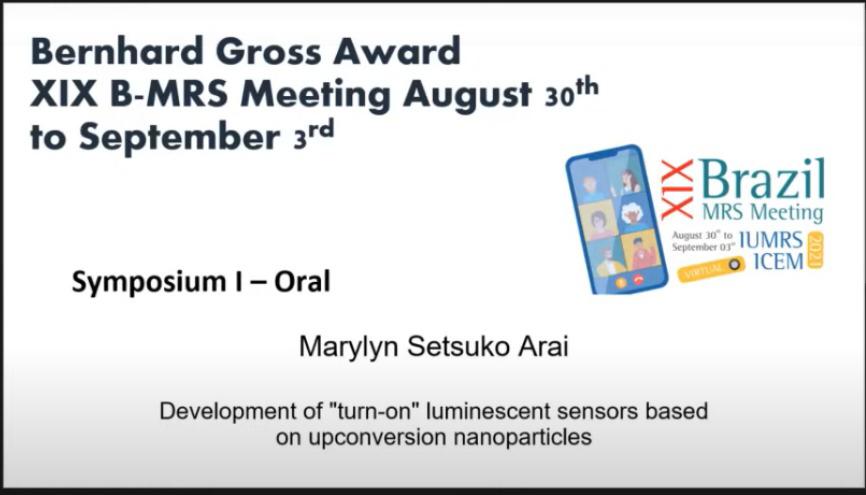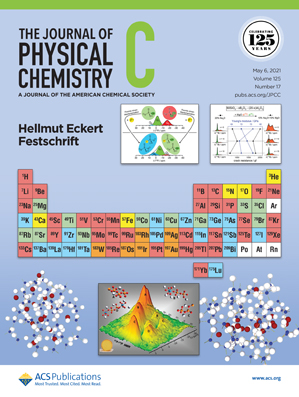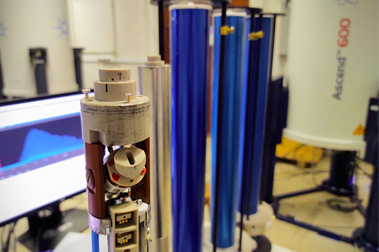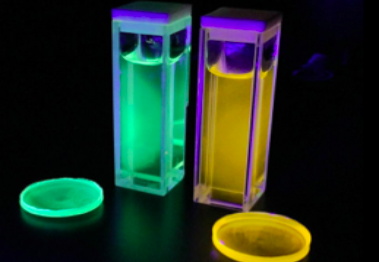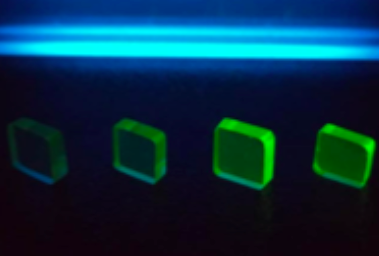The Laboratory of Spectroscopy of Functional Materials (acronym LEMAF in Portuguese) at the São Carlos Physics Institute (IFSC) of the University of São Paulo (USP) is dedicated to the research of functional materials, with special interest on luminescent materials. Our research is based on the planning, synthesis and characterization (both structural and photophysical) of glass, glass-ceramics and nanocomposite materials. These materials are of special interest for a number of technological devices such as laser active media, amplifiers, sensors, electroluminescent cells, etc. LEMAF’s distinguishing trait is its capability of establishing correlations between photophysical properties and the materials structure organization and then using these correlations as feedback for the new compositions and synthesis processes in order to optimize the desired properties of the materials. For this purpose, we apply and develop modern NMR, EPR and UV-VIS spectroscopy techniques in association with theoretical studies for a better understanding of the fundamental processes occurring in these functional materials.
WE LOVE BLOGGING
Latest from Our Blog
LEMAF publication is the inside front cover of Nanoscale Advances!
Congratulations to Marylyn Arai and Prof. Andrea de Camargo for publishing a review article in Nanoscale Advances! The article “Exploring the use of upconversion nanoparticles in chemical and biological sensors:[…] Read moreMarylyn Arai receives the Bernhard Gross Award at the XIX Brazil MRS Meeting
Congratulations to Marylyn Arai for receiving the Bernhard Gross Award at the XIX Brazil MRS Meeting! Marylyn presented the work “Development of ‘turn-on’ luminescent sensors based on upconversion nanoparticles” and[…] Read moreThe Journal of Physical Chemistry C – Hellmut Eckert Special Issue
The Journal of Physical Chemistry C has released a special issue dedicated to Professor Hellmut Eckert in honour of his 65th birthday. The Virtual Issue can be acesses here. The[…] Read moreStructural studies via solid state NMR and EPR
Composites, mesoporous hybrids and nanoparticles
Glasses and glass ceramics doped with RE3+ ions
Development of modern solid-state NMR techniques and employment of magnetic resonance methods for structural and dynamical characterization of disordered materials, focusing on the correlation of functional and structural properties in glasses and inorganic-organic hybrids.
Inorganic or hybrid inorganic-organic materials synthesized by sol gel methodology or other chemical routes, and loaded with luminescent species, as coordination complexes, dyes and quantum dots, are studied aiming at lighting, sensing and theranostic applications.
For over 15 years we have been developing and characterizing glasses and glass-ceramics doped with trivalent rare-earth ions (RE3+), aiming at technological applications such as lasers, amplifiers, converters, solar concentrators, sensors, etc.


